Alaska Airlines Mileage Plan will almost certainly move to revenue-based mileage earning for flights. The airline’s Vice President who oversees loyalty has been telegraphing this in multiple conversations. He doesn’t come out and say the decision has been made, but he’s been claiming that they recently looked at it and that members prefer it.
- He wouldn’t be talking up the idea if it wasn’t going to happen
- And he wouldn’t be saying members want it, and then not do it
Here’s one example,
“We did research last year, a majority of guests want to earn based on revenue, its what they’re used to whether it’s Sephora or an airline or a hotel, they’re compensated on the amount they spend,” he said. “I’m not saying Alaska is going to go that direction, but what we’re hearing from guests is that they understand revenue, its easy, they get it, and by and large it’s now a preference for our cohort of travelers.”
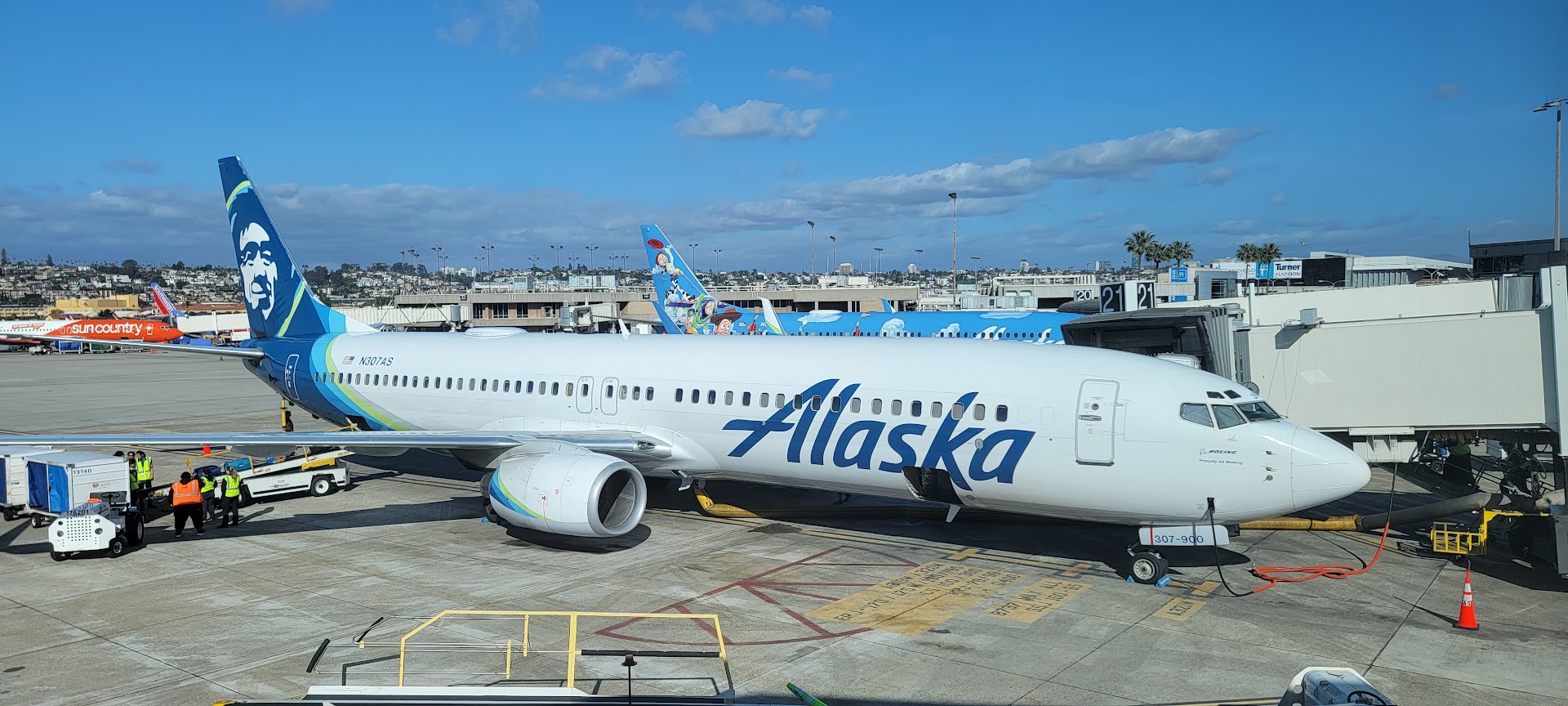
Alaska made clear in the past that their members are made worse off by revenue-based mileage-earning.
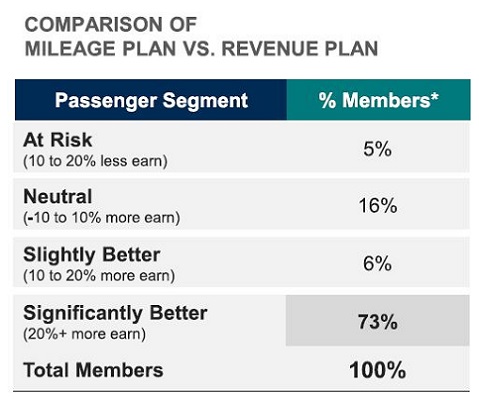
What works for Alaska instead is to offer bonuses for people buying the most expensive tickets while still awarding miles based on distance flown. That’s the solution that the American AAdvantage team wanted a decade ago, but they were overruled by Scott Kirby and Andrew Nocella.
It’s also not a binary choice – Alaska could certainly set up high yield premium cabin fares to earn based on the lesser of fare or distance if they wished.
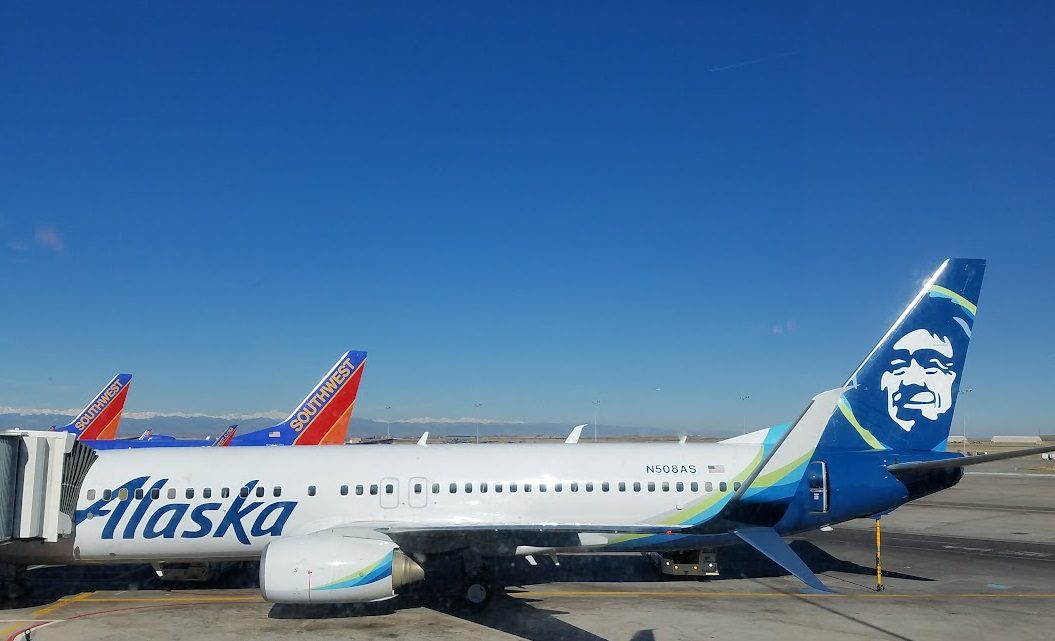
Part of how they held back Delta at their Seattle hub was by being more generous with their loyalty program, it’s a true point of differentiation since Delta itself admits they aren’t trying to offer strong value through theirs. It would be an ironic time to make the shift, as Alaska moves into long haul.
- “Revenue-based accrual” has nothing to do with the profitability of a customer.
- A flyer who spends $500 miles flying Seattle – Los Angeles is not the same as one spending $500 to fly Seattle to Tokyo or Seoul.
- And a program that encourages someone to choose Alaska for a seat that would otherwise go empty is far more profitable than one that merely gives miles to someone flying Alaska anyway, choosing them because of a corporate deal or GSA city pair contract.
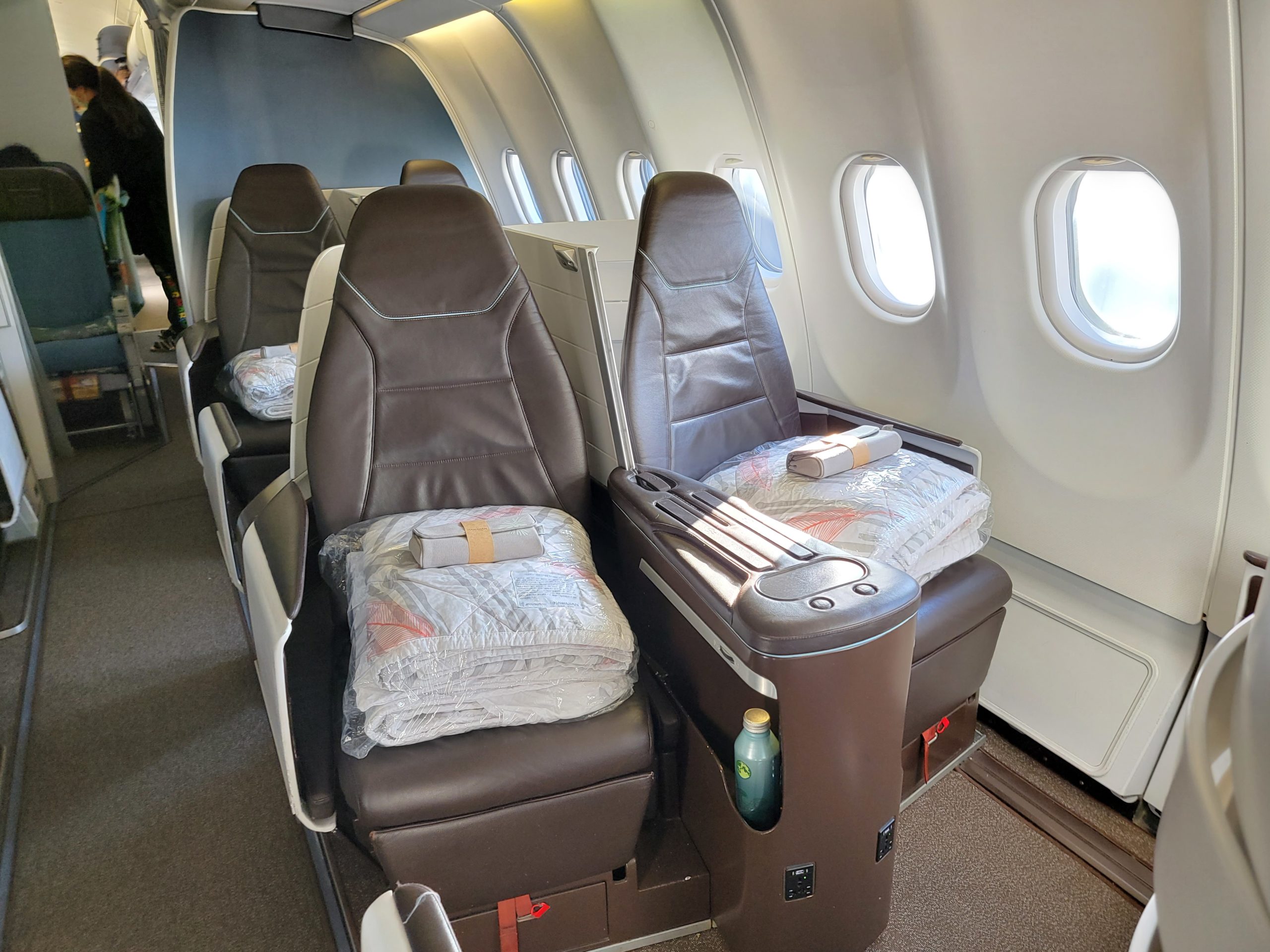
What a loyalty program wants to do is spend money to generate incremental business not ‘reward best customers’ (even if this was how to approximate best customers).
Always and everywhere that loyalty programs have moved to revenue-based models, whether for accrual, redemption, or both they have become less valuable. It may not necessarily be true that moving to revenue-based means they have to become less valuable, however in each and every case that a program has made this transition it’s come along with devaluation. Maybe the highest spenders feel that devaluation less but universally there’s devaluation.
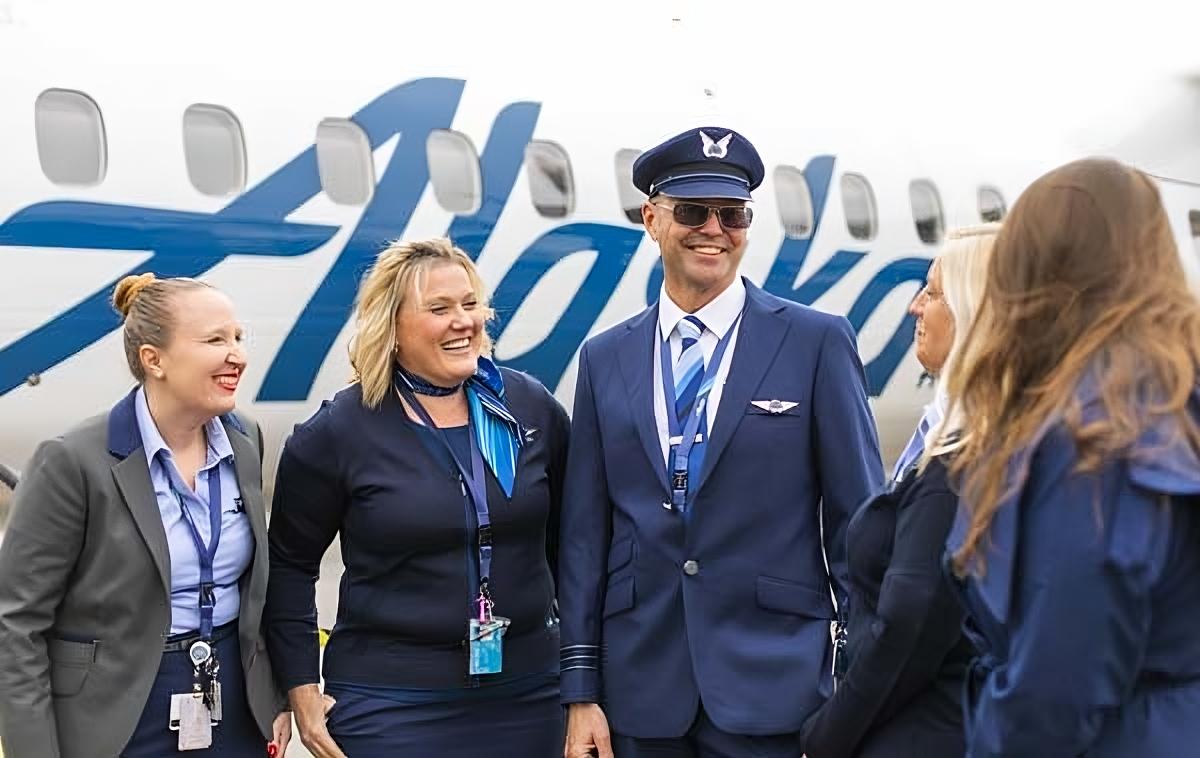
Ultimately, what sets Alaska apart is their loyalty program. It would be a shame to see that end. However it seems that’s what the airline’s Vice President overseeing loyalty is telegraphing for the future. When this would happen isn’t exactly clear, although it seems like a poor idea to roll it out with the new combined Alaska-Hawaiian loyalty offering, since they want to project improvement not devaluation and even agreed with DOT not to devalue as part of gaining anti-trust approval for the merger.
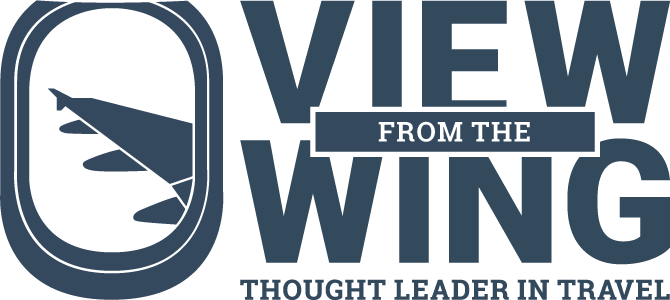

The signature benefit of this program continues to be last-minute high-value partner redemptions, though even that seems to be less plentiful these days. I know some who are really banking on this merger to burn a bunch of Hawaii points on OneWorld partners for long-haul to Asia, etc.
Was an MVP Gold 75K via a status match a while back; unless you are going for OneWorld Emerald benefits on partner airlines, it is challenging to use the benefits of their status directly with Alaska if you are not based on the West Coast (SEA, PDX, SFO, LAX, SAN, etc.)
Gotta say, the ‘we promise not to devalue our loyalty program if you let us merge’ promise–I hope that holds true, but I suspect enforcement is going to be lacking, especially in this new era of deregulation that is upon us. Will that make us ‘great’ again?
It depends on what the airline is trying to reward. A person that flys Alaska 2-4 times a week may not profitable if they buy cheap fares and don’t do heavy spending on a co-branded credit card. But a person that buys four expensive first class (business class for other airlines) tickets a year and doesn’t do heavy spending on a co-branded credit card isn’t all that profitable either because of the low number of flights.
Profitability of an airline customer is a complex formula particularly with the presence of co-branded credit cards. I almost always either buy first outright if it’s fairly cheap or pay for the cash upgrade. The question is was I a “profitable customer.” Most certainly I’m a better benefit to the airline versus a high level elite that always books coach and then plays the upgrade lottery but I might still not be profitable.
In the end in such a complex game basing elite levels on spend, including credit card spend probably makes the most sense. Even more exacting would be to award elite status per flight based upon the booking (inventory) code but that creates a difficult situation for flyers to understand how they will be rewarded for their business.
The shift from miles to dollars is just another devaluation technique. AS was just the last holdout. Really a different computation with AS being primarily domestic – so million-miler is difficult to achieve.
‘larger cohort’ – that’s the wrong way to approach.
What does you most engaged and highest propensity for marginal spend cohort say?
@ Gary — These AS executives are slimebags just like the rest of the airlines. Alaska’s program will mirror American’s in 3 years. It is pretty obvious from their latest changes.
Also very nice of them to have halted EQM credits from BofA spend during Q4. No doubt to delay giving people benefits of higher teirs that they earned. The program year ended Dec 31, 2024, and those EQM should have posted. Their bs of “they’ll post eventually” is the usual one-way street of loyalty. Will they extend folks status past Dec 31, 2025? Of course not. Will I take a flight on them before they fix this? HELL NO.
It is better to change the amount of miles and points earned than to increase award levels. Delta increased award levels and caused a lot of hate.
Buy airline tickets like FF programs do not exist. If you can get a flight you want with miles, consider you’ve won a prize. With the exemption of a small portion of flyers (but more here than in general) that’s the best use of your time.
I’m with the spokesman in that I want less for my money and a worse loyalty program from Alaska.
“A preference for a cohort” = a preference from a minority with big money.
The vast majority of Alaska Air customers will get the short end of the stick from such a change meant to goose up Alaska Air’s revenue, profit and margin numbers at customer expense. And this will be all the more pressing for Alaska Air’s management in their attempt to satisfy the investors/stock market while paying for the acquisition of Hawaiian.
@ Dave W — You nailed it. It’s no longer worth any effort to try for status. Save you cash, and just fly on miles.
@ derek — Alaska has gutted their award redemptions. I’m amazed that no bloggers have called them out for it. Alaska seemed to magically get a free pass on that one.
Yeah whatever, being one of the big boys doesn’t mean you act like one. Keep it simple. K.I.S.S stupid.
@Gene
I agree. Domestic economy and some international economy haven’t yet been severely affect but it’s probably coming.
What Alaska should be credited for is to maintain getting about 2500 miles for flying a transcon while Delta and others base it on dollars and end up awarding about 1000 miles or so for the same flight.
Seems like AS only needs to be a bit better than DL to keep their SEA following. The AS redemptions on their own metal have not been very compelling for some time especially on the trans-cons; however not as ridiculous as what DL typically prices for similar routings. Mileage vs. price based accruals have winners and likely more losers, but when everyone else is on the other program, there is not going to be surprise if AS were to make that change. So, there is room for AS to adjust on both and still remain better. The offerings vary a bit, but as a SEA based flyer, I tend to prefer the net value proposition AS offers over DL today. Tweaking the earnings rate and/or further devaluations on the redemptions could change that; DLs moves over the past decade definitely caused me to move away from them. Time will tell what happens here, but program devaluations are expected – the devil will be in the details and how things line up against the options – primarily DL in this case.
@ derek — Whats this “economy” thing you speak of?
Of course. They know OPM flyers will pad their ‘spend’ artificially. Buying behavior changes when it’s not your money.
Unfortunately as we have seen, giving out obscene amount of points to OPM flyers bases on spend leafs to skypesoization and like DL (and now UA), skyrockets award costs.
…..what we’re hearing from guests is that they understand revenue, its easy, they get it, and by and large it’s now a preference for our cohort of travelers…..
So most likely conducted a survey where they asked users what they understood better:
A – Calculate how many miles you earn flying SEA to NYC via LAX in Fare class K as a MVP.
B – Calculate how many miles you earn on a $1k ticket from SEA to NYC where you earn 5x per $
Self-serving nonsense. I would have more respect if they just came out and said they need to meet Wall Streets targets so they are going hit the loyalty program to improve their bottom line
@ Tom – Spot on
1) As I have said in the past, I haven’t noticed any significant decline in the value of AS miles. I am still getting high value redemptions on international business class to both Europe and Asia. Examples: 2025: 10.8¢/point redemption value flying JAL to Osaka round-trip; 2024: 8.1¢/point flying American FCO-JFK one-way; 2022: 8.5¢/point flying BA OPO-LHR-JFK one-way. It’s domestic redemptions in Economy where — in my experience — the value is lacking, breaking “even” with what the points are valued at.
2) REGARDLESS of all that, I want to meet these AS customers who “want” points based on how much they pay versus how far they fly. Has anyone actually spoken to them? To a single individual even? I can’t recall when the last time I purchased a domestic F/J ticket…or even a full-fare Y ticket. I buy “regular” (not “basic”) Economy, get a seat in Premium Class, and that’s that.
P.S. AS Mileage Plan already cut the bonuses earned for MVP and MVP Gold for 2025 by half. Dropping from getting a 100% bonus for being MVP Gold in 2024 to a 50% bonus for MVP Gold in 2025 is a serious hit to my point earnings’ bottom line. This year is turning out to be a “heavy” travel year so far, and I will hit MVP Gold status by May — the earliest I’ve ever reached it. (In 2024, I reached 40k in November.) But instead of having earned a total of 80k with the 100% bonus, as I did last year, this year I’ll get 60k. (This is an example. AS is now giving EQMs on award flights, but they don’t earn a bonus; my example assumes that no flights I take will be paid for with miles, which isn’t actually true.)
As a long time and frequent Alaska Airlines customer I would hate to see a revenue based program. Alaska’s program works for a large variety of people and has created a wonderful following.
Literally not permitted until 2032 under terms of the DOJ settlement. Not happening anytime soon.
Wow – Jason spotted the change in the bonus miles for the different MVP levels. I had no idea. Alaska Air said not a word about those changes – just snuck them in there.
Can only assume that Alaska thought they were leaving too much money on the table – and want to emulate Delta.
So I looked back at Alaska correspondence – they sent an email in mid Oct talking about changes, but said nothing about the reduced bonus miles for all MVP levels.
There were two links for ‘details’ of the changes, but the links just dumped you onto the Alaska homepage. So then you go hunt for info.
I’d like to interview the “guests” that they asked about this. Sounds like a load of BS to me.
I’m a MVP 100K and go out of my way to fly Alaska. Miles based points was one of the key differentiators that set Alaska apart. It helped make up for the lack of in flight entertainment and older planes. That said, If Alaska switches to revenue based points it removes the last key differentiator and makes it an easy decision for me to switch to United. Better planes, more frequent flights and better lounges.
Airlines created a monster with frequent flyer programs. They generate obscene amounts of entitlement from folks who donʻt actually pay for their own tickets (business travel). Add the co-branded credit card, and the system becomes almost unrecognizable. I prefer the old days when you didnʻt join a frequent flyer program, it joined you.
When I worked for Air France, we had Club 2000. Each station could recognize up to 2000 of itʻs most frequent travelers. Perks were simple. A personal invite to the lounge from the check-in agent, and if available, an upgrade at time of departure.
Perhaps it’s because a “revenue based approach” sounds better than a “profit based approach”?
My interpretation of this move seems to indicate that they will reward their most profitable tickets more than less profitable ones.
The example was the $500 domestic ticket vs the $500 international ticket example. While the example (I think) was to point out the “identical revenue” aspect, I wonder if how they will reward you will be identical in this case.
Possibly not, which lean toward the “reward the profit but don’t advertise it as such” aspect.
Miles-based earn and redemption is simpler and better for customers because distances flown don’t have inflation. This is true for all airlines. 3000 miles flown today will be equal to 3000 miles flown 10 years from now. $3000 spent today will not be worth the same as $3000 spent 10 years later (spend later will be worth less for the same $ amount). USD$ spend will be subject to inflation and more ff point devaluation on award redemptions.
When a loyalty program executive tells you that a program devaluation is what program members want, you cannot believe anything else they say. Saying it’s simpler is simply an excuse. Frankly, the whole purpose of the loyalty program is to create enough preference for the airline to fill marginal seats and create a preference at higher fares in return for awards on flights that weren’t going to sell out. If your revenue management works, then you are increasing revenue and giving awards on flights that weren’t going to sell. The more they move to the “simpler” revenue based program, it just becomes a 2% or 3% discount on your ticket, who cares any more. It needs to be more indirect and it should be reward people who fill marginal seats, not reward the person who pays full fare on a full flight that they have to take anyway. The accountants don’t seem to understand the value of filling marginal seats versus discounting to high revenue customers who are already stuck flying.
Alaska was different. If they go this route they will be just like AA DL and UA except with far less reach in their network and poor IRROPs. This is going to hurt them.
Honestly it really depends on how Alaska will run its new international flights.
Hawaiian will start flying real premium/business oriented Asian flights from Seattle to Tokyo in May, and then to Seoul in October. Hawaiian’s current international products are not great but sufficient enough for its small leisure oriented routes, but it is definitely insufficient for Seattle to Tokyo. I am not too worried about the switch to revenue based program, unless Alaska is able to come up with a real competitive international product for its Seattle to Asia/Europe program. Just take a look at Hawaiian’s fleet of A330s, Alaska pretty much has to compete on cheap prices and some extraordinary mileage promotions to make those Tokyo flights successful.
But it is a hint on what Alaska wants to do down the road.
Alaska wins the domestic battles against Delta on Seattle and its MVP program is a huge reason. And Alaska will be silly to change if they want to compete with Delta on both domestic and international markets. Delta is not even giving up on its definitely unprofitable SEA-TPE route because they don’t even want to send an inch of ground to Alaska.
As of now, I am fairly confident that MVP will remain its current form especially if Alaska wants to go all out on the SEA-Asia/Europe market. I just don’t see how Alaska can remotely fill those flights with little brand recognitions (even using Hawaiian’s brand), inferior cabin product, and lack of connectivity on the Asian end. Mileage Plan is the only thing that perhaps helps Alaska to fill those Tokyo and Seoul flights in short term.